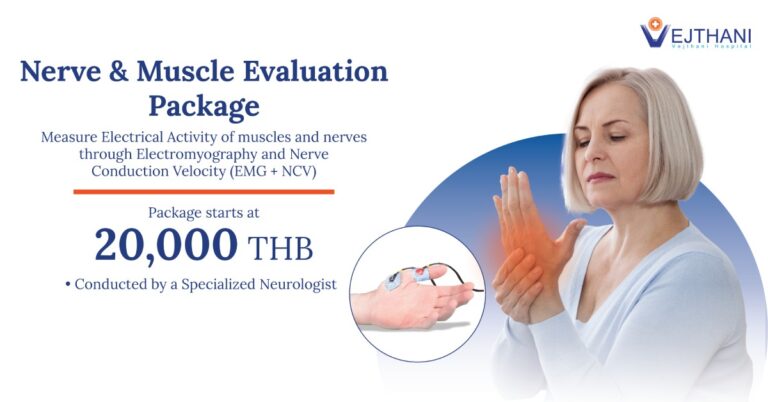It is the most common benign tumors in females and typically found during the middle and later reproductive years.Some fibroids are asymptomatic.
Origin:
They originate from the smooth muscle layer (myometrium) and the accompanying connective tissue of the uterus.
Signs and Symptoms:
Fibroids, particularly when small, may be entirely asymptomatic. Symptoms depend on the location of the lesion and its size. Important symptoms include abnormal gynecologic hemorrhage, heavy or painful periods, abdominal discomfort or bloating, painful defecation, back ache, urinary frequency or retention, and in some cases, infertility. There may also be pain during intercourse, depending on the location of the fibroid. During pregnancy they may be the cause of miscarriage, bleeding, premature labor, or interference with the position of the fetus.
Treatment:
Most fibroids do not require treatment unless they are causing symptoms. After menopause fibroids shrink and it is unusual for fibroids to cause problems.
Symptomatic uterine fibroids can be treated by:
- medication to control symptoms
- medication aimed at shrinking tumours
- ultrasound fibroid destruction
- various surgically aided methods to reduce blood supply of fibroids
- myomectomy or radio frequency ablation
- hysterectomy (surgery)
- Readers Rating
- Rated 5 stars
5 / 5 ( Reviewers) - Spectacular
- Your Rating


























